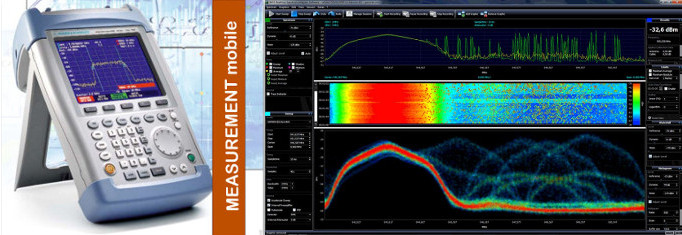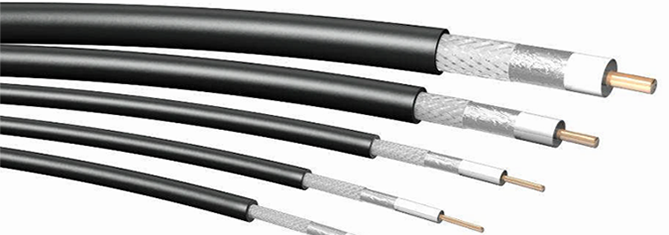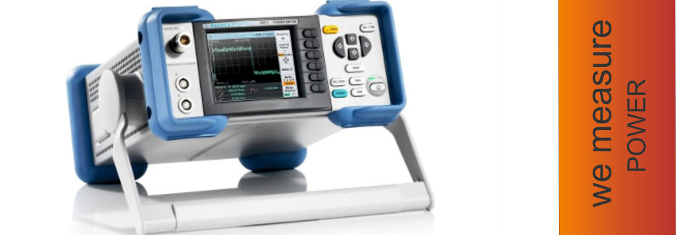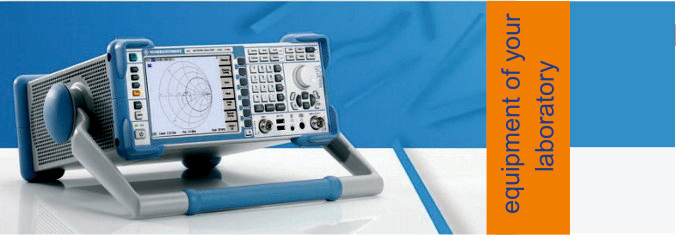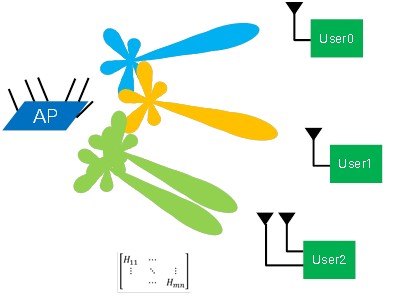

What is MU-MIMO?
It comes as no surprise that there is an ever-increasing number of wireless client devices, hungrily looking to make use of network resources, services and applications provided by todays wireless networks. Across a multitude of venues such as schools, offices, outdoor public spaces etc. having secure and high performance wireless accessibility is no longer a 'nice-to-have', rather it is seen by many as a necessity. As the number of wireless clients has increased, there have been a plethora of technological advancements made by manufacturers to help ease the burden of congestion, such as channel bonding for higher throughputs, Multiple input-Multiple Output (MIMO), airtime fairness to prevent legacy clients from slowing communications or band-steering to move client devices for the already saturated 2.4GHz band, to the more accommodating 5GHz band. However, not one of these advancements addresses the fundamental 'bottle neck' that has been part of the 802.11 wireless standards since their inception, the restriction of only one way communication between an AP and a single client device. That is until now. With the release of 802.11ac WAVE 2 comes Multi-User MIMO (MU-MIMO), a ground-breaking new way for access points to communicate with their associated clients.
So how does it work?
To understand how MU-MIMO works, you first need to understand how SU(Single User)-MIMO has worked since its arrival in the 802.11n wireless standard. SU-MIMO or rather MIMO, refers to a practical technique for sending and receiving more than one data signal simultaneously over the same radio channel by exploiting multipath propagation. This allowed wireless access points and devices to simultaneously transmit or receive multiple streams of data between each other, increasing the speed of the connection.
For MIMO to work, the transmitter and receiver (i.e., the access point and the client device) must each have multiple radio/antenna chains. For example, an Access Point which can send RF on one stream, and receive RF on another (1x1), will be able to do so with a client device which also supports 1x1 connectivity. A 2x2 device supports two streams in each direction, and a 3x3 device supports three. Any device that supports more streams will work with any device that supports less (and vice versa), but overall performance will be limited by the lesser device.
A spatial stream is a data set, sent by a transmitting radio chain, which can be mathematically reconstructed by the receiver's radio chains. In MIMO, each spatial stream is transmitted from a different radio/antenna chain in the same frequency channel as the transmitter. The receiver receives each stream on each of its identical radio/antenna chains. Since the receiver knows the phase offsets of its own antennas, it can reconstruct the original streams.
However, to understand how MU-MIMO works, it's important to first know about transmit beamforming (TxBF). Unlike MIMO, which sends a different spatial stream on each antenna, transmit beamforming sends the same stream on multiple antennas with deliberate timing offsets to increase range. The phase of each data stream is transmitted by all antennas at different times, so that these different signals constructively interfere at a point in space (i.e. the location of the receiver), thereby enhancing the signal strength at that location. When using omni-directional antennas, pattern created becomes effectively directional. Transmit Beamforming can therefore only work if the transmitter can derive the location of the Receiver via the use of sounding frames.
MU-MIMO takes this process one step further. By adding even more radio chains/antennas, an AP can control the phased antenna pattern to control where the signal is the strongest and where the signal is the weakest. With enough antennas and knowledge about the relative positions of all associated client devices, an AP can create a phased pattern to talk to multiple clients both independently and simultaneously. Therefore, for the very first time, by using multi-user multiple-input, multiple-output (MU-MIMO) technology, a wireless Access Point can transmit to multiple Wi-Fi client devices at the same time.
So why do I need it?
Well the answer to this one is simple. As the demand on your network increases through the likes of BYOD policies, IoT and the sheer volume of client devices now available to consumers, servicing each one of these clients on a one 2 one basis will prove to be too cumbersome for the data hungry users of today.
It's important to note that even non-MIMO devices can see indirect improvements resulting from MU-MIMO. If MU-MIMO devices on the network are dealt with in a timelier manner, there will inadvertently be more time for the SU-MIMO clients to be serviced.
Ultimately, the only sure means of easing the burden of over saturated wireless networks and increasing their general performance, is by breaking the shackles of outdated technologies and advancing with the more pioneering solutions of today, which at this moment in time just so happens to be MU-MIMO.

